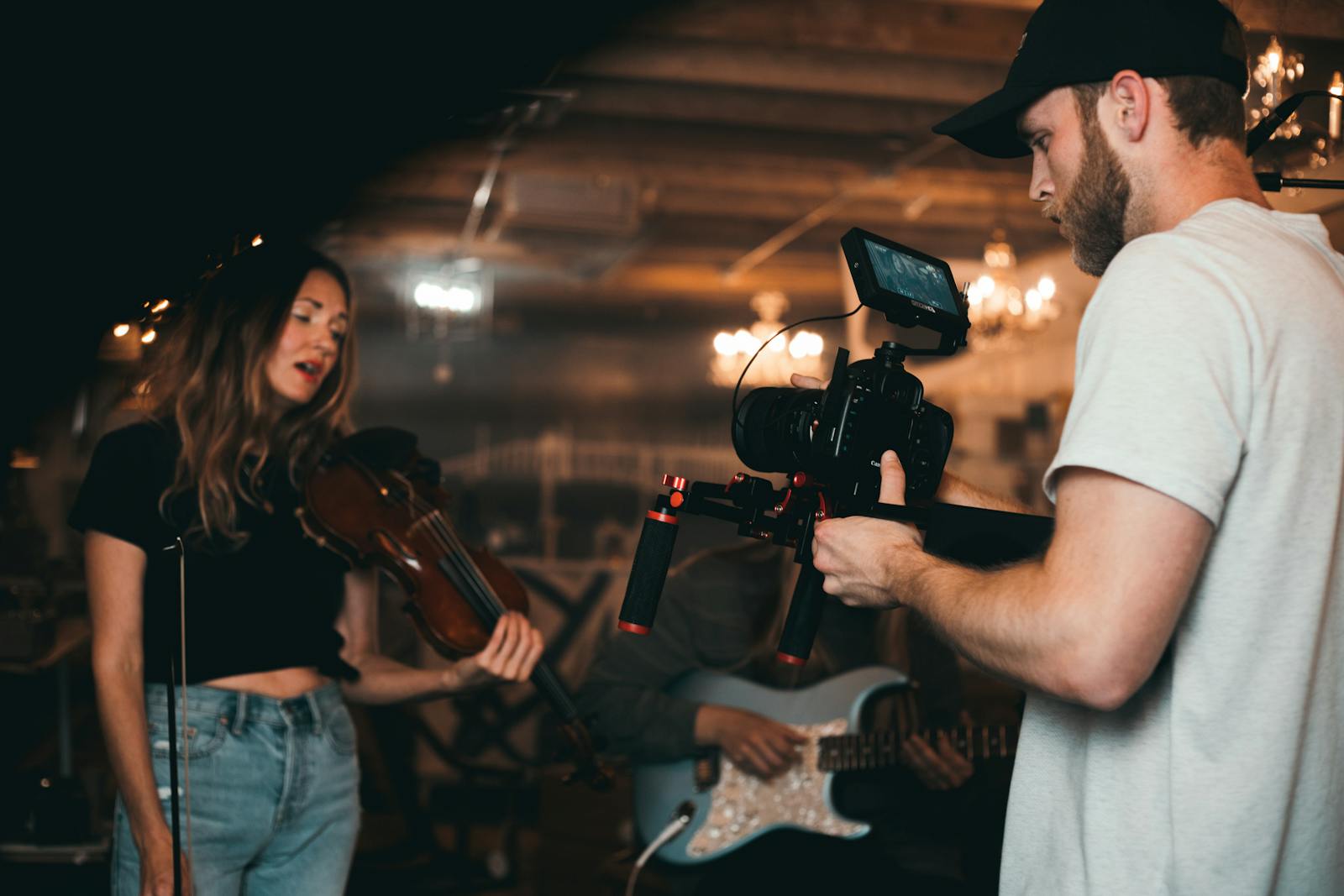When shooting studio photography, there are many options and factors that need to be taken into consideration for the lighting, including light type, intensity and quality. Find out in this article everything you need to know about softbox lighting so that you can make sure you’re selecting the best possible option for your shoot.
What is softbox lighting?
A softbox is a type of lighting equipment used in photography to create a diffused, soft light. It is typically a rectangular box with a white fabric lining that wraps around the light source and has a hole in the front for the camera lens. Softboxes come in various sizes, and the larger the softbox, the softer the light will be.
How softbox lights work
When it comes to photography lighting, softboxes are a popular choice among photographers. But how do softboxes work?
Softbox lighting produces diffused, soft light that is ideal for portrait photography. The light from a softbox is more even than the light from other types of lights, such as bare bulbs or reflectors.
Inside a softbox, there is a bulb that produces light. The light bounces off of the walls of the softbox and is diffused through the front panel. This creates a soft, even light that is perfect for portraiture.
There are many different sizes and shapes of softboxes available on the market, so you can find one that is perfect for your needs. Softboxes can be used with a variety of different light sources, including studio strobes, LED lights, and continuous lights.
Best use of softbox lights
There are many ways to light a subject, but one of the most popular and effective methods is to use a softbox. Softboxes diffuse the light, creating a softer and more flattering light on the subject. This makes them ideal for portraiture, as well as product and food photography
When choosing a softbox, you’ll want to take into account the size of the box, as well as the shape. Rectangular softboxes are great for giving a natural look to your images, while square softboxes can be used to add drama or create unique lighting effects. You’ll also want to consider whether you want an umbrella-style softbox or one with a built-in stand.
Once you’ve chosen your softbox, setting it up is easy. Simply attach it to your light source and position it so that it’s shining onto your subject. If you’re using multiple softboxes, experiment with different positions and angles to see what looks best. And remember, don’t be afraid to play around with your lighting setup until you get the results you’re looking for.
Economics of buying a softbox vs renting one
When it comes to photography lighting, there are two main options: buying a softbox or renting one. Each option has its own set of pros and cons, so it’s important to consider which is best for your needs.
buying a softbox:
-can be used over and over again
-relatively inexpensive
-you have control over the quality of light
– can be difficult to transport
renting a softbox:
-more expensive than buying outright
– easier to transport
